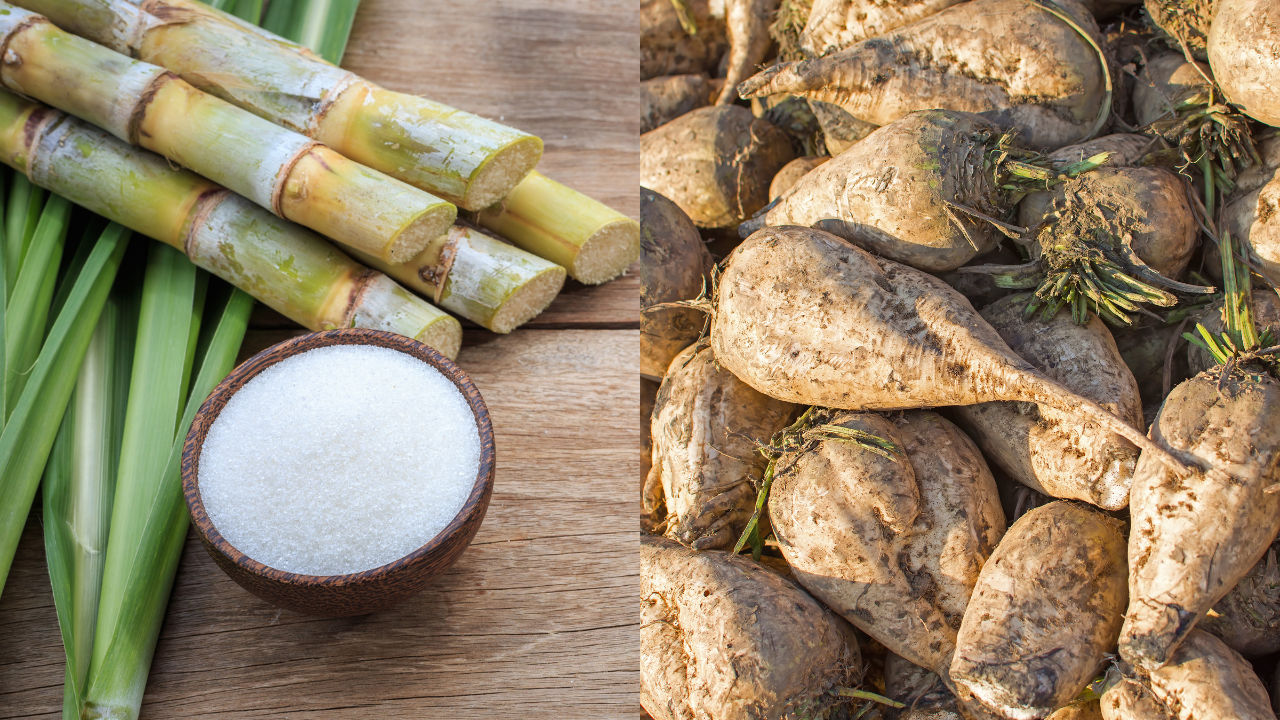When considering beet sugar vs cane sugar, some prefer one for recipes while others use the alternative.
When considering beet sugar vs cane sugar, some prefer one for recipes while others use the alternative.
Blog Article
Discover the Uses and Advantages of Beet Sugar Vs Cane Sugar in Your Daily Diet Regimen
Exploring the distinctive qualities of beet and cane sugar discloses more than simply their sweetening capabilities; it highlights their special effect on health and wellness and cookeries. Beet sugar, understood for its refined taste, is commonly preferred in fragile desserts, whereas cane sugar, with its hint of molasses, includes splendor to robust meals. Each kind holds its very own nutritional account and glycemic implications, inviting a much deeper understanding of their duties in a balanced diet plan and lasting intake practices.
Beginning and Manufacturing Procedures of Beet and Cane Sugar

The unique environments and dirt kinds required for growing sugar beets and sugarcane contribute to differences in their growing techniques and geographical circulation, influencing the business economics and sustainability of their production. beet sugar vs cane sugar.
Nutritional Comparison Between Beet Sugar and Cane Sugar
Regardless of stemming from various plants, beet sugar and cane sugar are nutritionally very similar, both mostly including sucrose. Each gives about 4 calories per gram, translating to approximately 16 calories per tsp. Structurally, both sugars are made up of about 99.95% sucrose, with marginal quantities of various other substances like moisture and trace minerals, which do not considerably modify their dietary accounts.

Eventually, when picking in between beet sugar and cane sugar based upon dietary content alone, both offer similar benefits and disadvantages as they are basically types of the exact same particle-- sucrose, giving fast energy without other nutrients.
Influence on Wellness: Glycemic Index and Caloric Material
Checking out better right into the effects of beet sugar and cane sugar on health, it is essential to consider their glycemic index and calorie material. Both sugars are categorized as sucrose, which consists of sugar and fructose. This structure leads them to have a similar effect on blood sugar level degrees. The glycemic index (GI) of both beet and cane sugar is around 65, categorizing them as high-GI foods, which can cause fast spikes in blood sugar levels. This is a crucial aspect for people handling diabetes or those attempting to support their energy levels throughout the day.
Each type of sugar consists of about 4 calories per gram, making their calorie content matching. For those checking caloric consumption, particularly when taking care of weight or metabolic health and wellness problems, comprehending this equivalence is essential (beet sugar vs cane sugar). Nevertheless, too much usage of any high-calorie, high-GI food can contribute imp source to wellness issues such as excessive weight, heart problem, and insulin resistance.
Environmental and Economic Factors To Consider of Sugar Production
Beyond health and wellness influences, the production of beet and cane sugar likewise elevates significant environmental and financial concerns. Sugar beet growing has a tendency to call for cooler climates and has a lower geographical footprint contrasted to sugar cane, which thrives in tropical regions. Both crops are extensive in terms of water usage and land occupation, potentially leading to deforestation and water shortage. Financially, the international sugar market is highly volatile, affected by changes in international trade policies and subsidies. Numerous nations incentivize sugar manufacturing with financial backing, skewing market value and affecting small-scale farmers negatively.
In addition, using chemicals and plant foods in both beet and cane sugar farming can bring about dirt deterioration and contamination, additional affecting biodiversity and local water bodies (beet sugar vs cane sugar). The choice in between growing sugar beet or cane typically hinges on local ecological problems and financial elements, making the sustainability of sugar production an intricate concern
Culinary Applications and Taste Distinctions
While the environmental and financial elements of sugar production are without a doubt considerable, the choice in between beet and cane sugar likewise affects culinary applications and taste profiles. Beet sugar, obtained from the sugar beet plant, is understood for its remarkably neutral preference.
Cane sugar, removed from sugarcane, often maintains molasses traces, which present a distinct richness and deepness. The mild variation in wetness web content in between beet and cane sugar can influence the appearance and consistency of dishes, making cane sugar a preferred option for particular check my reference recipes that benefit from its special buildings.

Final Thought
To conclude, both beet and cane sugar have distinctive beginnings and manufacturing processes, providing similar dietary accounts with minor differences in sodium content and taste. While their influence on wellness, especially relating to glycemic index and calories, is similar, the choice in between Check This Out them commonly comes down to environmental, financial variables, and certain culinary needs. Recognizing these elements can direct consumers in making notified decisions that straighten with their health and wellness goals and taste choices.
Report this page